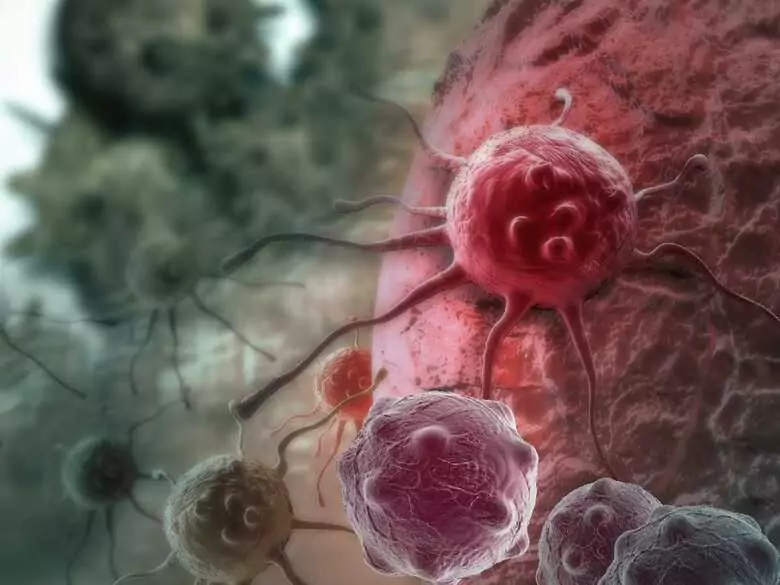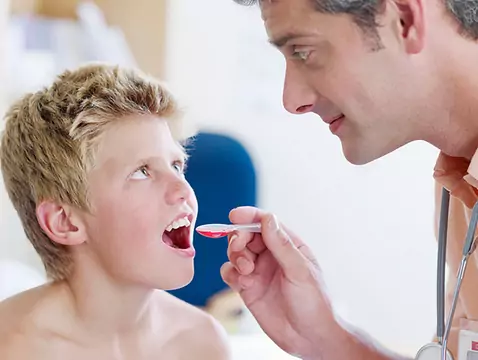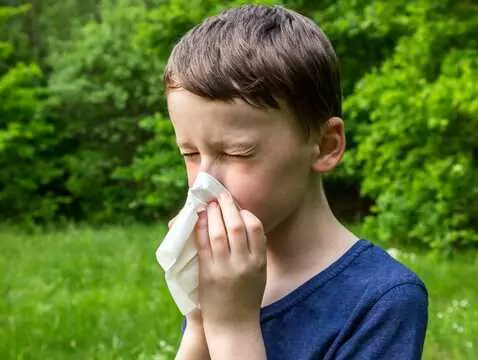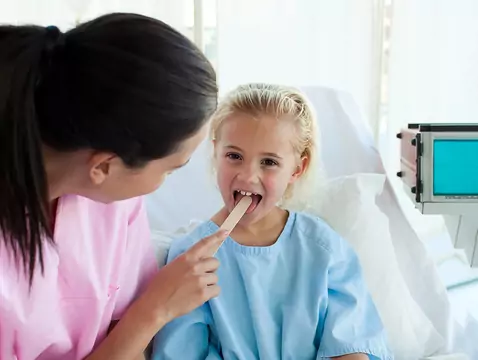We often hear in the media about food recalls due to the detection of salmonella or salmonella poisoning in schools, kindergartens and summer camps. What is this bacterium, how does it get infected and how dangerous is it for our body?
Diagnosis and treatment
To diagnose Salmonella food poisoning, a physical examination is carried out by a doctor. This examination involves checking if the abdomen is tender or if there is a rash that looks like small spots on the skin. This, combined with a high fever, can indicate a serious type of Salmonella infection called typhoid fever. Your doctor may also order a blood or stool test.
Treatment consists mainly of replenishing fluids and electrolytes that were lost during the diarrhoea. Adults should drink water or suck on ice cubes. For children, the paediatrician may suggest rehydration drinks. In addition, take foods that are easy to digest (bananas, rice, apple mousse, toast) and avoid dairy products. Rest is also important.
If nausea occurs that does not allow you to drink fluids, you should see your doctor to receive fluids intravenously (young children may also need them).
Medicines for diarrhoea are not usually recommended as this can prolong the infection. However, painkillers can be taken to relieve the pain. In severe cases, the doctor may prescribe antibiotics.
How to prevent salmonella?
The main cause of salmonella infections is processed food. Effective prevention of infection involves sanitary control of every stage of food production. It is worth remembering the correct heat treatment of food.
To prevent Salmonella food poisoning, it is also necessary to:
- Cook food to the recommended internal temperature (Salmonella bacilli die at 60-65°C) and store leftover food in the refrigerator.
- Wash kitchen worktops before and after food preparation (After using meat or poultry boards and knives, wash them thoroughly with detergent and scald them. Plastic boards are more practical. Wooden ones can harbour Salmonella). .
- Wash your hands thoroughly (especially when handling eggs or poultry).
- Use separate cutlery for raw and cooked food.
- Keep food in the refrigerator before cooking (avoid thawing and refreezing food, only defrost poultry, meat, fish and their preparations before frying, roasting or cooking).
- Separate freezer space for raw poultry, meat and in the refrigerator for eggs - so that they do not come into contact with other products.
- Wash eggs, meat, vegetables and fruit thoroughly under warm water.
- If you have animals at home, or on the farm, wear gloves and wash your hands thoroughly after touching the animals.
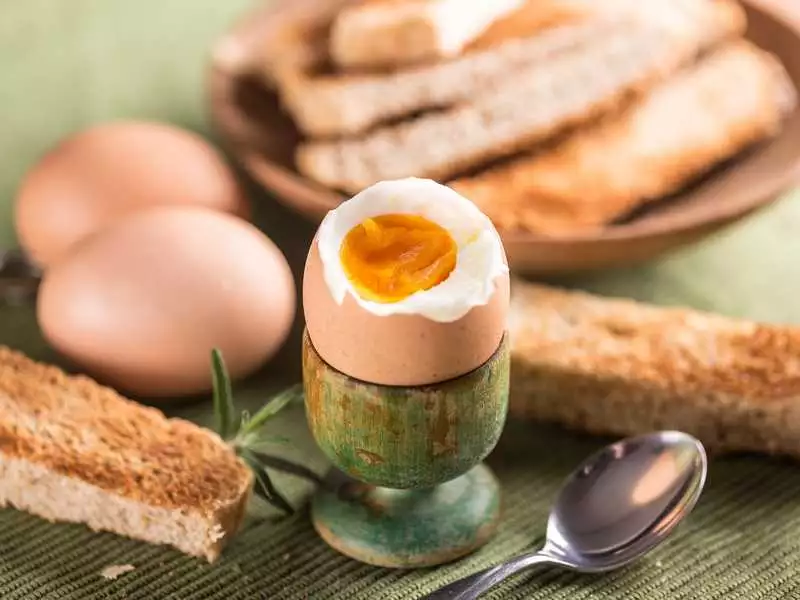
photo: panthermedia
Keeping products in which the bacteria multiply easily (delicatessen products, tartare, fish paste, egg paste, meat paste) at room temperature for longer periods of time significantly increases the risk of Salmonella poisoning.

